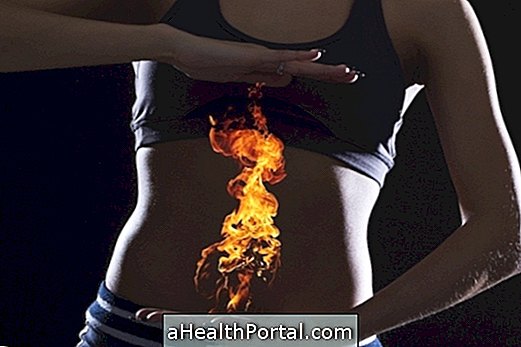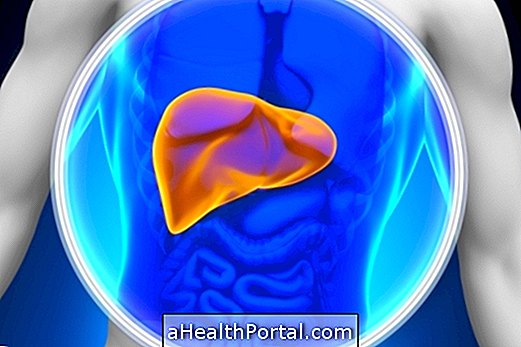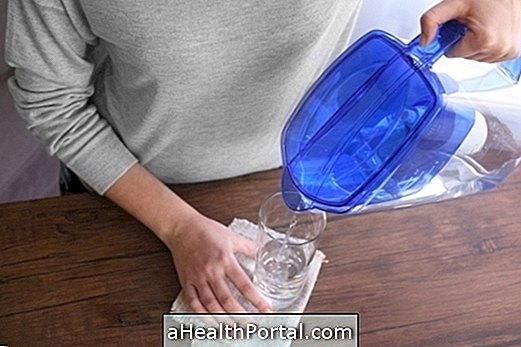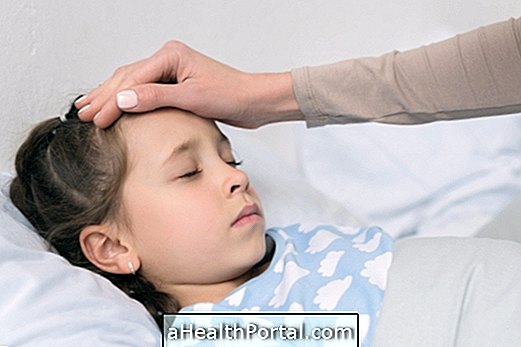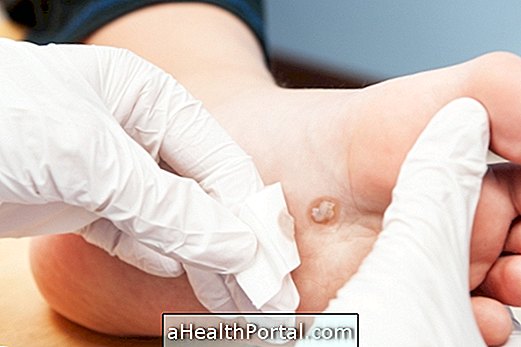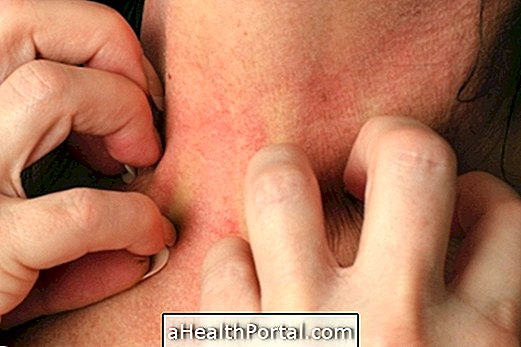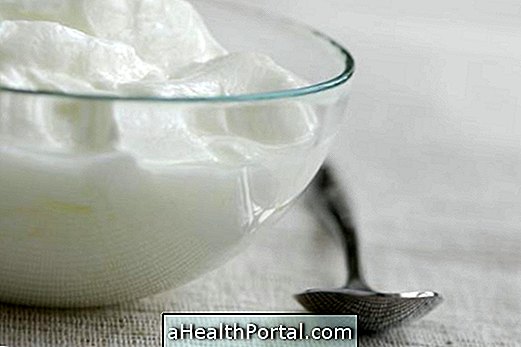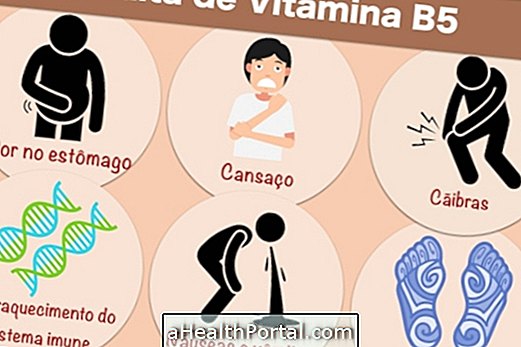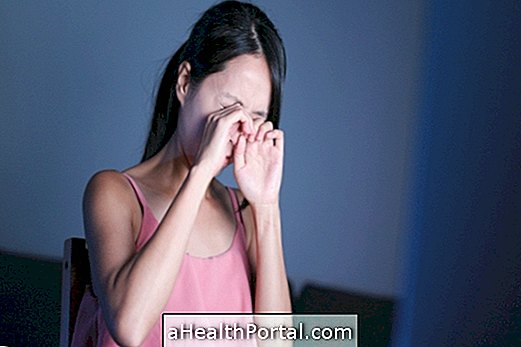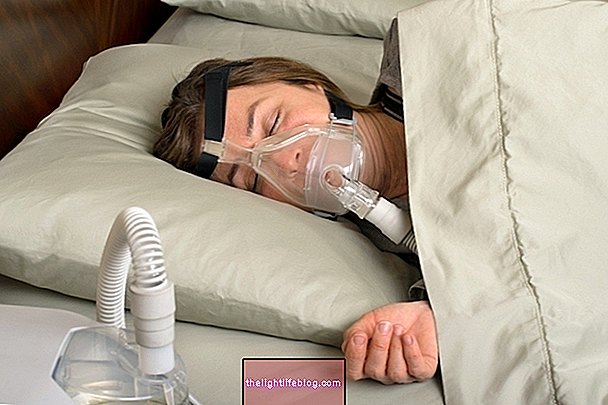Fecal incontinence is characterized by involuntary loss or inability to control the elimination of the contents of the intestine, composed of feces and gases, through the anus. Although this situation does not have serious consequences for health, it can cause embarrassment and anxiety.
Fecal incontinence usually occurs in the elderly over 70 years of age, although it may also occur in young people and children, and may be caused mainly by changes in the functioning of the muscles that form the rectum and sphincter of the anus caused by childbirth, surgeries or defects in the anatomy of the region, but can also be triggered by diarrhea, constipation, use of medications or neurological diseases, for example.
Treatment for fecal incontinence is very important to improve the quality of life of the person, and is usually indicated by the coloproctologist, and includes corrections of eating habits, adjustments of medications that can worsen symptoms, physiotherapy exercises for reconditioning anal control and, in some cases, surgery.
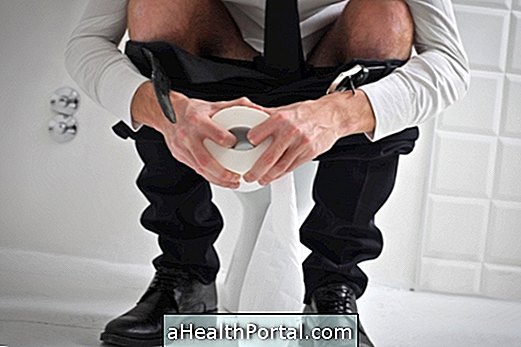
What are the causes
Several changes in the physiology of the anus and rectum can cause incontinence, and there may be an association of more than one cause. Some of the main causes include:
- Defects of the perineum muscles caused by normal delivery, surgeries or some trauma in the region;
- Alterations in the nerves of the region, as in diabetic neuropathy or other neurological diseases;
- Inflammation in the lining of the rectum, caused by infections or radiotherapy;
- Changes in stool consistency, both from diarrhea and constipation;
- Existence of rectal prolapse or megacolon, caused by chagas disease, for example;
- Irritable bowel syndrome;
- Metabolic diseases, such as hyperthyroidism or diabetes;
- Use of medications, such as Metformin, Acarbose, antidepressants or laxatives.
In children over 4 years of age, fecal incontinence is also called encopresis, and may be associated with difficulties in controlling the functioning of the anal sphincter due to psychological causes, and may be linked to stress, fear or distress, but may also be caused by constipation, since the accumulation of dry stools in the intestine can cause the leakage of soft stools around the fecal accumulation. Learn how to identify and combat constipation in the child.
Main symptoms
The symptoms of fecal incontinence range from involuntary gas loss to loss of large amounts of liquid or solid feces, which causes intense embarrassment, anxiety, and decreased quality of life of the affected person.
Whenever one of these symptoms is present, the person should consult a coloproctologist to evaluate the problem and indicate the best treatment.
How is the treatment done?
The treatment of fecal incontinence varies according to the cause and severity of the disease. The simplest problems can be treated with changes in dietary habits, such as increased consumption of fiber and fluid in the diet, as a way to regulate intestinal transit, as well as the decrease of alcohol, caffeine, fats and sugars in the diet. Learn more about how the fecal incontinence diet should be.
Physiotherapy and biofeedback exercises are important to recondition the pelvic muscles as they increase strength and endurance, stimulate blood flow, nerve function, and increase body awareness.
In some situations, the use of obstipating medications, such as Loperamide, may be indicated. When there is no improvement with previous treatments, surgery may be indicated, which may act by correcting injured muscles, strengthening the weakened anal canal muscles, or even by implanting an artificial anal sphincter, for example.



